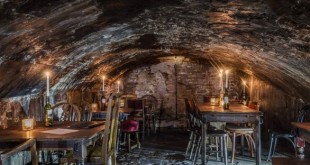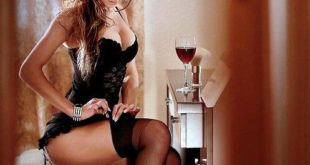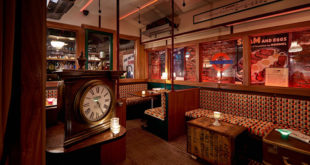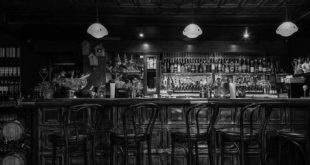When we mention Chinatown in London (倫敦華埠), we always mean the “leister square Chinatown” or the older “Bayswater chinatown” but did you know that London’s original Chinatown was Limehouse?
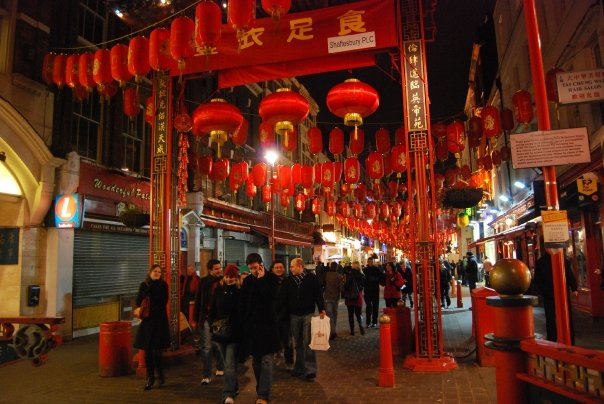
Limehouse was the site of a short-lived porcelain factory founded by George Wilson in 1746. It was one of many attempts to make a British version of the beautiful, white ceramic that was flooding into London from the Far East. Limehouse porcelain looked Chinese but was made in East London. You can see examples of this porcelain at the Museum of London.
One hundred years later, a small community of Chinese sailors settled at Limehouse Causeway. This was one of two small, East End Chinese communities. The other was in Pennyfields in Poplar, where Chinese sailors from Shanghai had settled. Virtually all were single men, some of whom married British women.
By 1914, there were around 30 businesses and 300 people living in these small East End communities. Limehouse and Pennyfields became known as Chinatown, and many of its inhabitants made a living by running laundries.
During the Second World War, the Docklands area, including Chinatown, was badly damaged and many Chinese people moved out. In the 1950s, the market for Chinese food grew and restaurants and stalls began to spring up in Gerrard Street and Lisle Street. This was the start of the Chinatown we know today in Soho area Leister square.
The present Chinatown, which is off Shaftesbury Avenue did not start to be established until the 1970s. Up until then, it was a regular Soho area, run-down, with Gerrard Street the main thoroughfare. It was dominated by the Post Office, facing Macclesfield Street, and other major establishments were The Tailor & Cutter House, at 43/44, now a Chinese supermarket and restaurant, the Boulougne Restaurant, near the Wardour Street end, and by Peter Mario’s Restaurant at the other end. Other businesses included a master baker’s, the Sari Centre, Lesgrain French Coffee House, Harrison Marks’ Glamour Studio, an Indian restaurant and various brothels. Probably the first Chinese restaurants opened in Lisle Street, parallel to Gerrard St, and then spread gradually. The Tailor & Cutter did not close down until around 1974.
 London Massage Book Erotic Massage Guide Massage Parlour | Asian Massage | Tantric Massage | Sensual Erotic Massage
London Massage Book Erotic Massage Guide Massage Parlour | Asian Massage | Tantric Massage | Sensual Erotic Massage 
